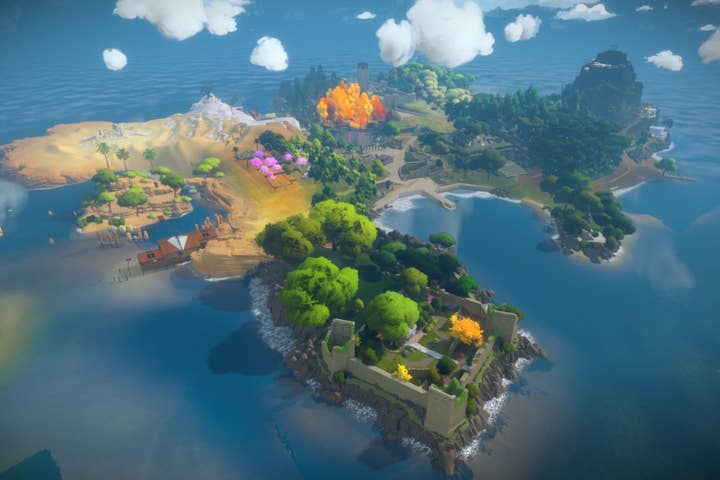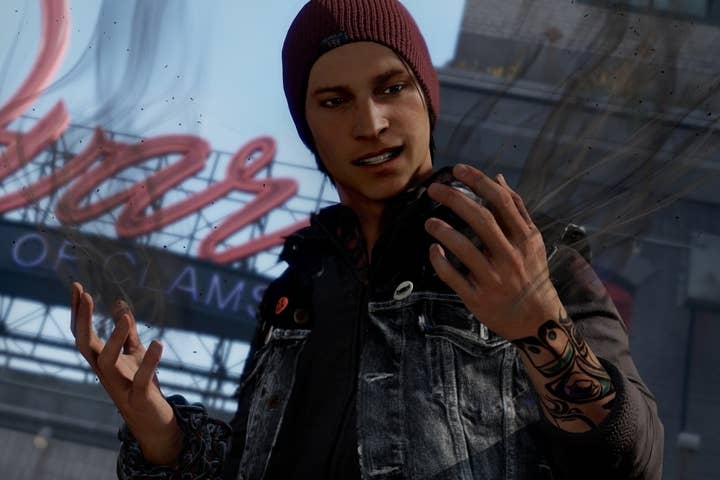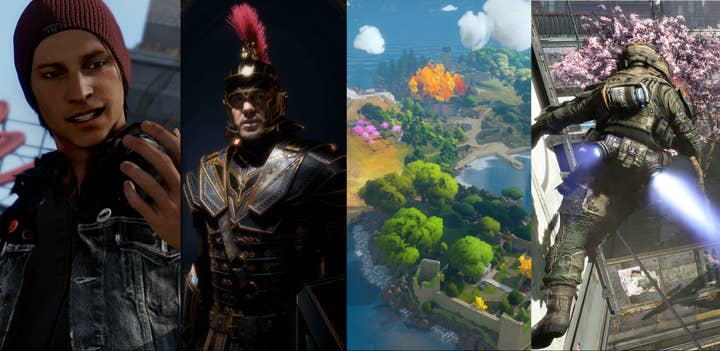How PS4 and Xbox One Will Yield Better Creativity
Why does next-gen matter? Devs tell us what the extra power will allow them to do
With the PlayStation 4 and Xbox One on the scene, the next console generation has finally begun. While a new generation usually brings the promise of more graphical power, great graphics are only part of the gaming equation. What will these new consoles allow developers to do creatively?
GamesIndustry International reached out to a few developers to ask them how next-gen will help them on the creative side of equation. Is it a huge creative leap, or merely a slight evolution?
In its last two titles, Dear Esther and Amnesia: A Machine for Pigs, independent developer The Chinese Room focused on pushing the first-person game away from the shooting mechanics that usually dominate. The studio's next title, Everybody's Gone to the Rapture, is coming to PlayStation 4 with some help from Sony Computer Entertainment. For The Chinese Room, next-gen helps their creative juices just by being easier to work with.
"The blunt reality is that easier production equals more creative freedom and opportunity"
The Chinese Room creative director Dan Pinchbeck
"I think the major thing, from the perspective of actually building games, is less for us about the power - that's brilliant of course, and having significantly higher budgets makes a big difference - but it's more about the ease of working with PS4," The Chinese Room creative director Dan Pinchbeck told GamesIndustry International. "So far, it's just been a dream bit of kit to work with. We've got the advantage of working with CryEngine, another great piece of tech of course, but even then it's been remarkably smooth to get things up and running quickly. That's worth its weight in gold from a production standpoint, and the blunt reality is that easier production equals more creative freedom and opportunity."
According to Braid creator Jonathan Blow, aiming for a single, next-generation set of specifications allowed the team behind The Witness to settle on a single visual style for the game. That title is also heading to PlayStation 4 in 2014.
"Creatively, we build and we assume that we have enough power in rendering," explained Blow. "When we were planning the look of the island, we had a couple of choices. Do we target the PlayStation/Xbox 360 class of machines or do we move to next-generation consoles? Because development was going long, we decided we were going to be in the next console cycle anyways."

"If we'd ended up on lower-spec machines, it wouldn't just be that [The Witness] would have lower-poly models. It would've affected the style all over the place; the style of the game would've been different. I don't think it would've been as nice."
For Ghost Games, the new shepherd of EA's Need for Speed franchise, next-gen does come down to "more power". This power - and the new set of expectations that come with it - frees the team to think outside of the box when it comes to gameplay innovation. A new generation allows developers to think about what's possible instead of wringing more blood from a worn-out stone.
"It makes us think differently. Every time there is a transition we start thinking about what would be possible."
Ghost Games executive producer Marcus Nilsson
"It makes us think differently," said Ghost Games executive producer Marcus Nilsson. "Every time there is a transition we start thinking about what would be possible. We are not locked into old boundaries anymore. From that we get great innovations like AllDrive. The systems are giving us power to do more, more AI, more particles etc. Just turning everything up really."
Nilsson also noted that the PlayStation 4 and Xbox One provide other options, including social networking features and second-screen modes, which "opens up creative solutions around cross-platform play."
One of the highlights of Sony's launch window slate for the PlayStation 4 is Infamous: Second Son from Sucker Punch. While the game simply looks amazing, improved graphics and horsepower also mean the human element of Infamous can be pushed forward.
"[Infamous: Second Son] is all performance captured," Sucker Punch co-founder and director of development Chris Zimmerman told us. "We actually use all kinds of cameras, with dots on the actors' faces getting mapped through 3D scans. As you see people in the game, you'll see their faces move in realistic ways."

"See the wrinkles appear?" Zimmerman pointed out in a demo of Second Son, "we are actually animating 15,000 vertexes in his face 30 times a second to get that to happen that well. The thing that really matters for a game like this is you can actually see the characters act. You can read his face. You have a million years of human evolution that's trained you to read people expressions and their faces; now we can bring that to you. That is the expression that these actors had when they did the scene. If we show you the video of their faces and then show you the in-game feature, you'll be like 'that's the expression that guy had on.' It seems dumb, but it matters."
In some case though, the PlayStation 4 and Xbox One will just allow what previous generations have allowed: more, better-looking things onscreen in our games. And even that can improve the player's experience. For BioWare Edmonton and Montreal general manager Aaryn Flynn, next-gen means a more immersive and interactive game world for BioWare fans.
"With the next generation of consoles, the most important question we ask ourselves is 'How does this help our storytelling?' As we've worked with them, we think it starts with a density and dynamism that wasn't possible previously," said Flynn. "'Density' in the sense of more interesting things on the screen that help immerse you in the game world, and 'dynamism' in that they are more interactive than ever before."
The generation has only just begun. Developers still have plenty of time to learn how to make the PlayStation 4 and Xbox One dance and sing. What's been shown so far is pretty damn good, so let's sit back and enjoy the future.

